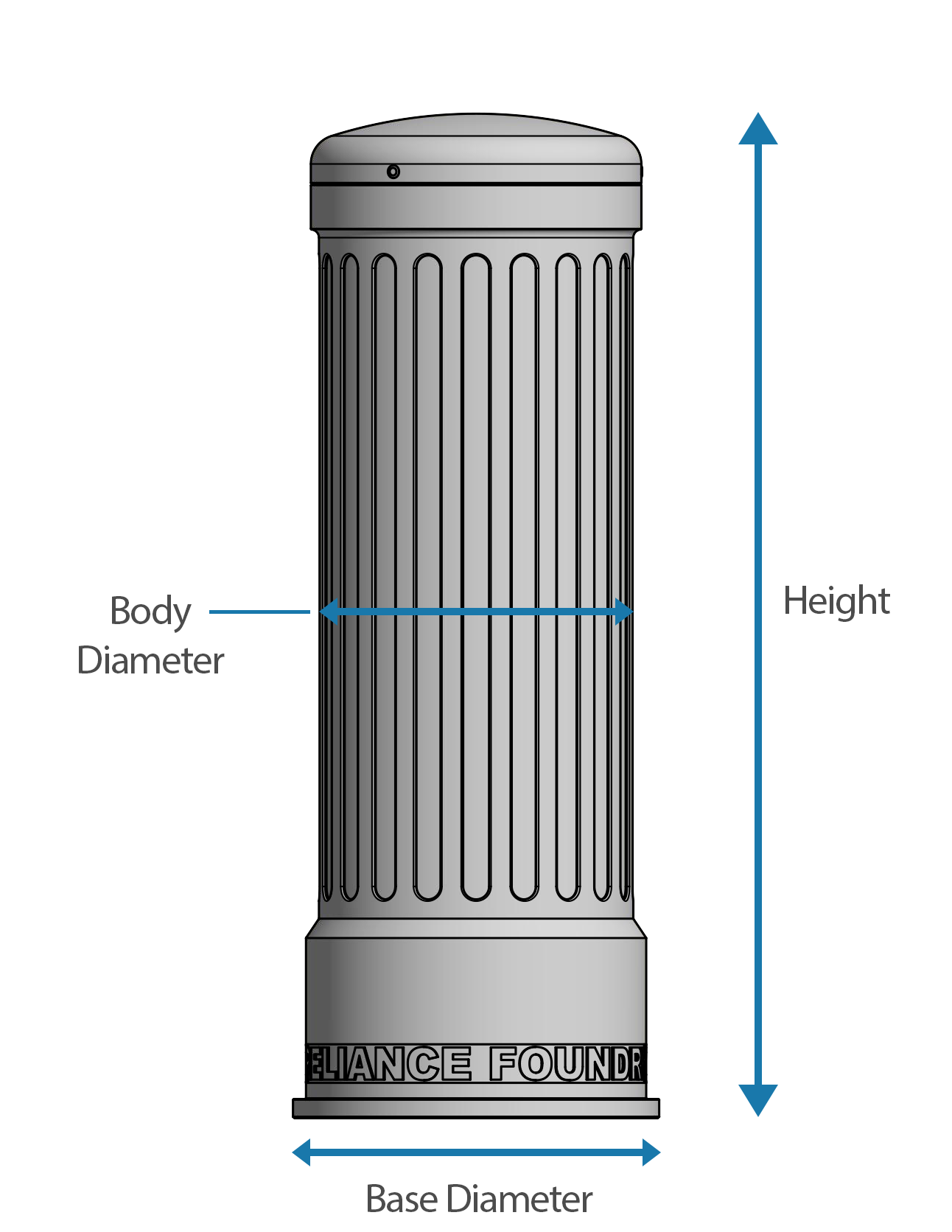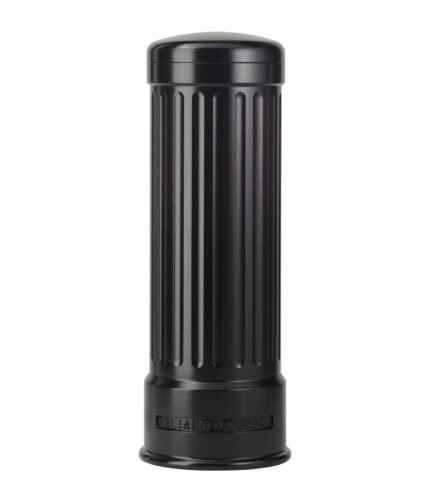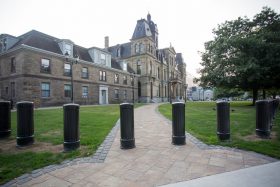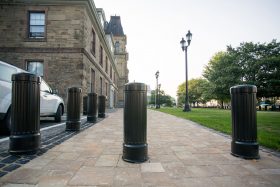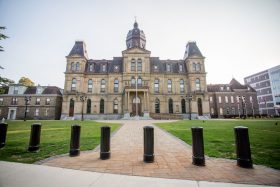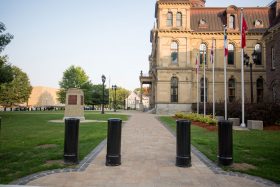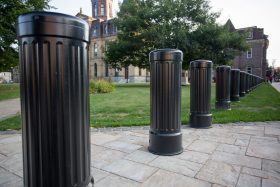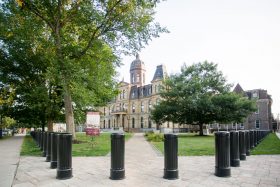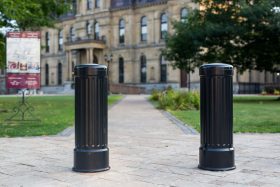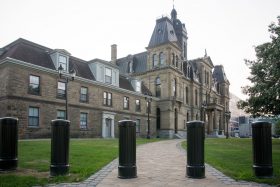New Brunswick Legislature
New Brunswick first formed a government in 1784 in Saint John, the only major city in the province at the time. However, Governor Thomas Carleton wanted the government’s home to be more geographically central. He convinced his peers to relocate to the tiny town of Fredericton.
The first legislature in Fredericton was called “Province Hall,” a wood timber building. The structure was destroyed by accidental fire in 1880 and a small skirmish broke out in the aftermath. Should the government take the opportunity to move back to the big city?
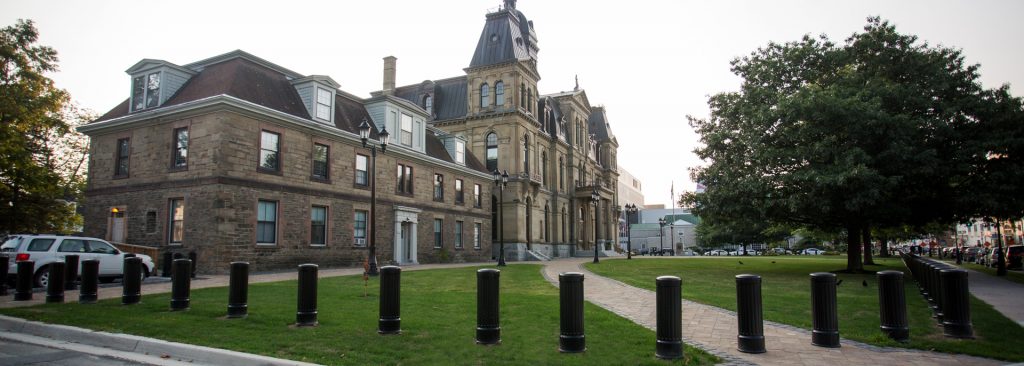
A narrow vote for Fredericton led to the construction of the Second Empire stone building—which still holds the Provincial Assembly. Today, it is not just a beautiful representation of the Victorian style, but it is also the definitive answer of why the government should stay in Fredericton. Tours of the site allow people to enjoy many of its original Victorian touches including brass chandeliers and ornate carpeting. The front lawn is also a place of civic gathering for citizens from all over the province, just as Carleton hoped it would be. Events, theater, and protests on the lawn (from large groups to a farmer and his chickens) help make Fredericton a colorful place to visit.
After an attack on the Parliament buildings in Ottawa in 2014, the NB legislature decided to take action to prevent similar tragedy in their province. Speaker Chris Collins said of the decision: “our priority was to protect not the politicians but the people who gather on these grounds to express their opinion of government. Sometimes we have 500 people on this [lawn], and it’s kind of a rich target.”
With the Legislative Assembly Building of such historical importance to city and province, perimeter protection needed to be sturdy. Politicians considered a few options, including standard jersey barriers—segmented concrete barriers often used on highways to separate lanes. However, they decided against these as a solution for both aesthetic reasons and efficacy in the face of deliberate attack: some vehicles may be able to roll over standard concrete barriers. Instead, they chose to line the perimeter of the main lawn with deep set concrete-and-steel bollards designed to be crash sturdy and roll-over resistant. To make this solution aesthetically appealing, the Legislative Assembly picked Reliance’s R-7535 bollard to be used as a decorative cover. The columnar R-7535 covers 10-3/4 inch security pipe, while providing the look of a classical column. The body is slightly smaller than the base, with rounded fluting creating visual interest from base to cap. A slightly domed top helps prevent buildup of trash or debris. A matte-black powder coat protects the ductile iron from Fredericton’s harsh winter weather, while complementing the dark colors used on the trim, mansard roof, and iron cresting of the building’s facade.
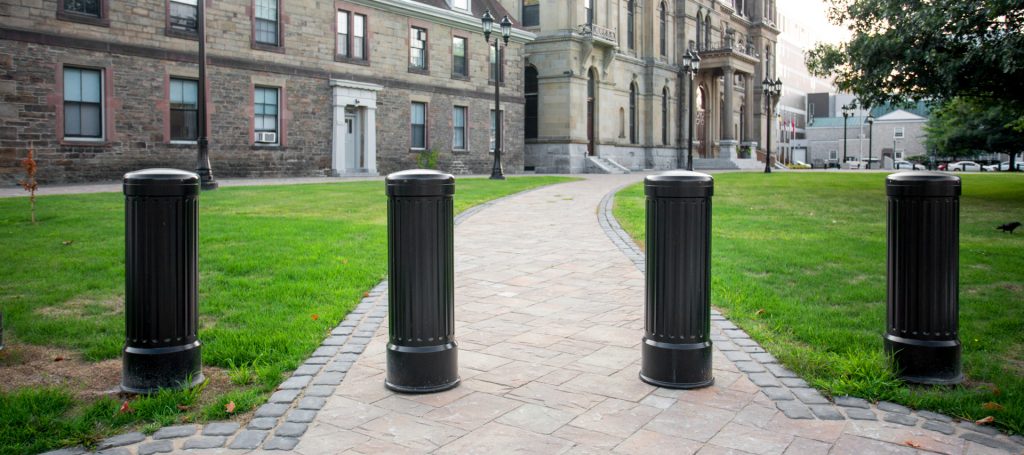
R-7535 DECORATIVE BOLLARD
|
Height |
39 in |
|
Weight |
211 lbs |
|
Body Diameter |
12 in |
|
Base Diameter |
14 in |
|
Material |
Ductile Iron |
|
Optional Interior Pipe Height Max. |
36 in |
|
Optional Interior Pipe Diameter Max. |
10-3/4 in |
